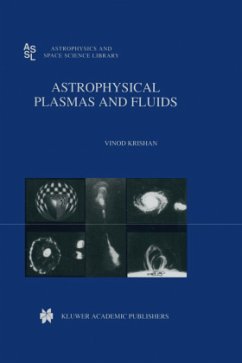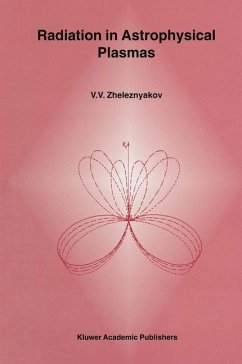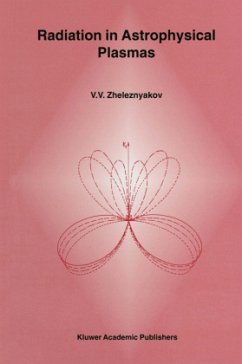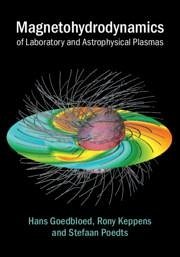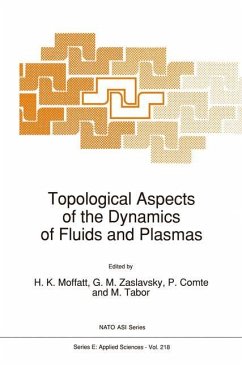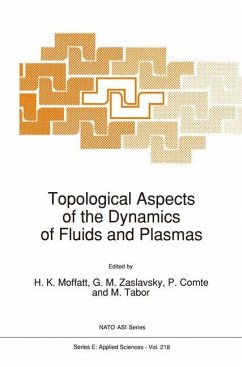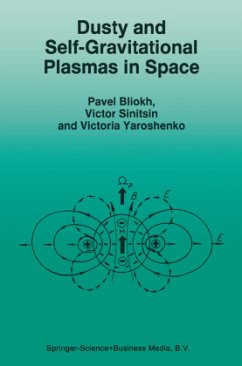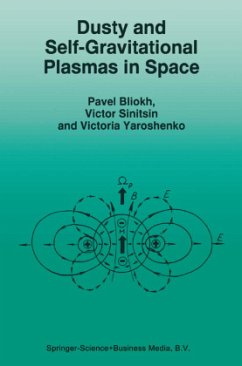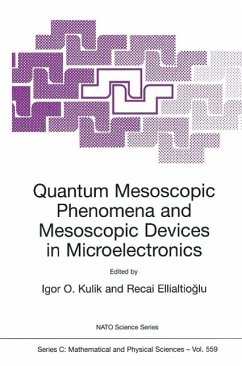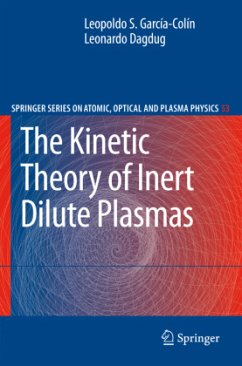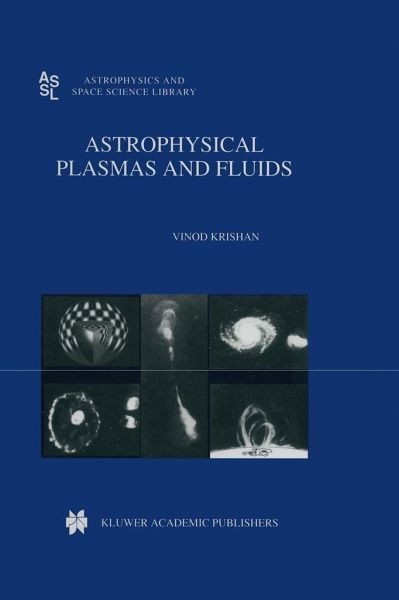
Astrophysical Plasmas and Fluids
Versandkostenfrei!
Versandfertig in 6-10 Tagen
61,99 €
inkl. MwSt.
Weitere Ausgaben:

PAYBACK Punkte
31 °P sammeln!
This book is a valuable introduction to astrophysical plasmas and fluids for graduate students of astronomy preparing either for a research career in the field or just aspiring to achieve a decent degree of familiarity with 99% of the cosmos. The contents provide a true representation of the phenomenal diversity of dominant roles that plasmas and fluids play in the near and far reaches of the universe. The breadth of coverage of basic physical processes is a particularly attractive feature of this textbook. By first using the Liouville equation to derive the kinetic, the two-fluid and single-f...
This book is a valuable introduction to astrophysical plasmas and fluids for graduate students of astronomy preparing either for a research career in the field or just aspiring to achieve a decent degree of familiarity with 99% of the cosmos.
The contents provide a true representation of the phenomenal diversity of dominant roles that plasmas and fluids play in the near and far reaches of the universe. The breadth of coverage of basic physical processes is a particularly attractive feature of this textbook. By first using the Liouville equation to derive the kinetic, the two-fluid and single-fluid, descriptions of a plasma and a fluid, and then demonstrating the use of these descriptions for specific situations in the rest of the book, the author has probably chosen the most efficient way of handling this large technical subject. The two major astrophysical issues, fluid or plasma configurations and their radiative signatures, figure prominently throughout the book. The problems are designed to give the reader a feel for the quantitative properties of celestial objects.
The contents provide a true representation of the phenomenal diversity of dominant roles that plasmas and fluids play in the near and far reaches of the universe. The breadth of coverage of basic physical processes is a particularly attractive feature of this textbook. By first using the Liouville equation to derive the kinetic, the two-fluid and single-fluid, descriptions of a plasma and a fluid, and then demonstrating the use of these descriptions for specific situations in the rest of the book, the author has probably chosen the most efficient way of handling this large technical subject. The two major astrophysical issues, fluid or plasma configurations and their radiative signatures, figure prominently throughout the book. The problems are designed to give the reader a feel for the quantitative properties of celestial objects.





